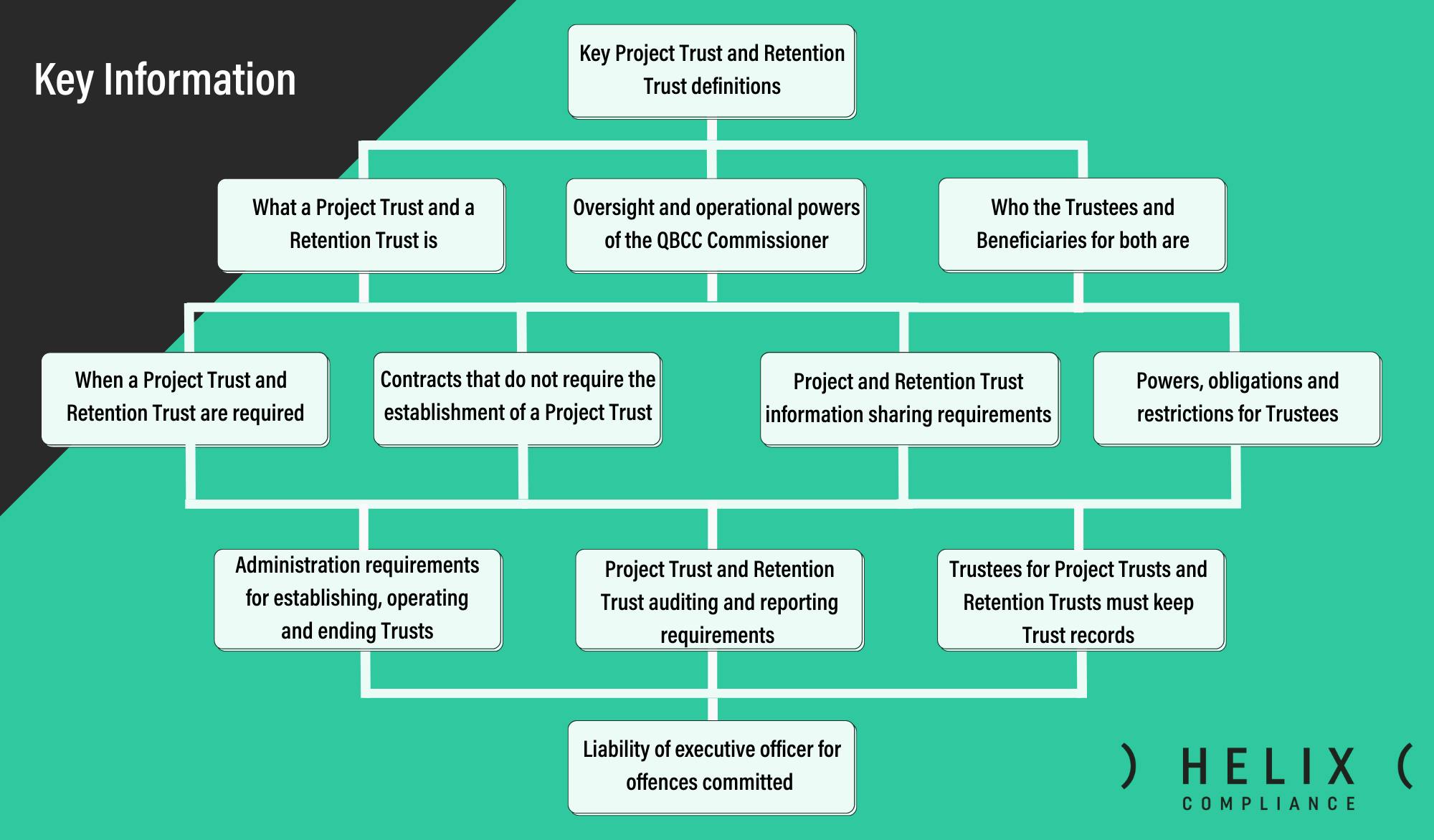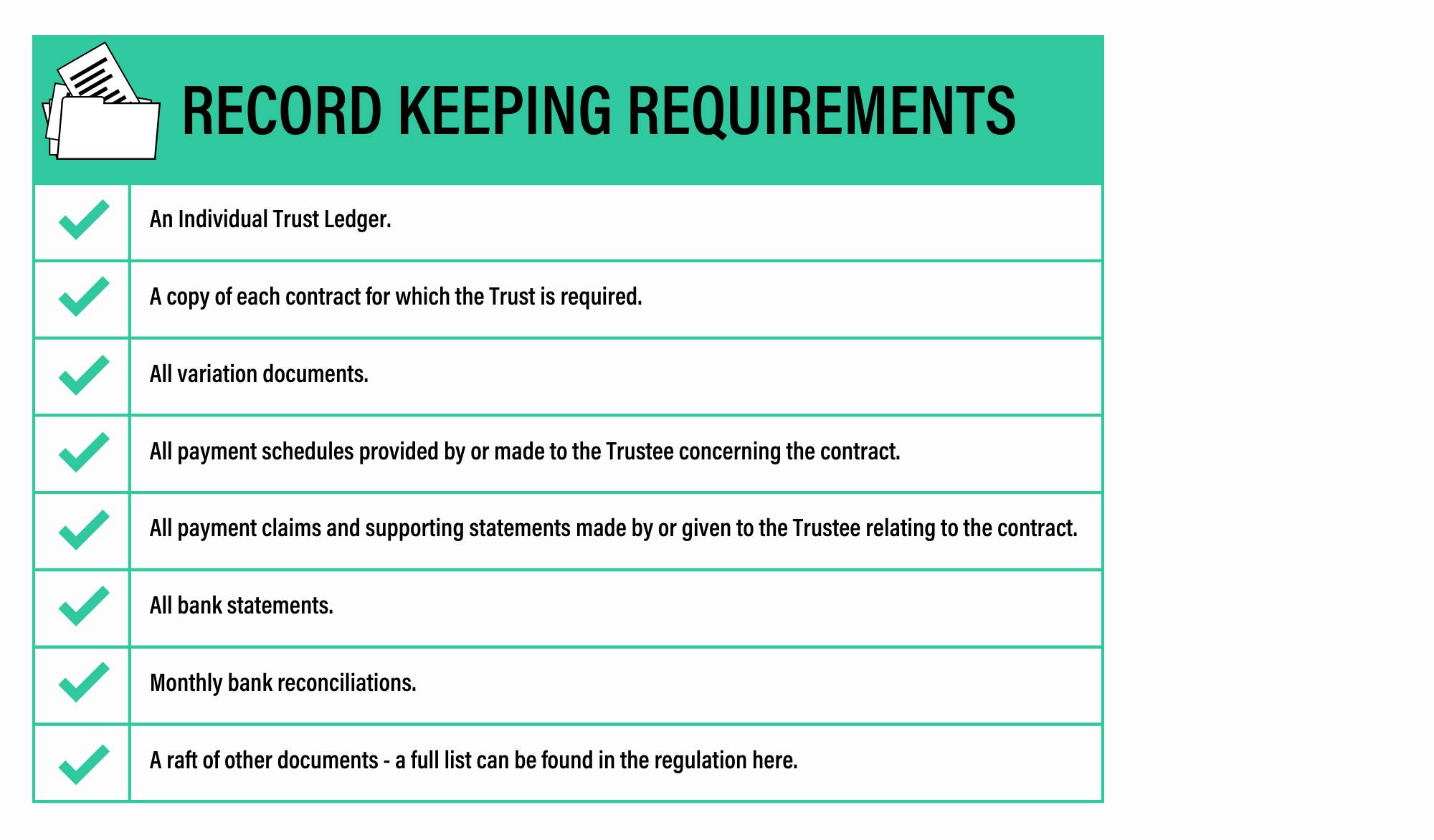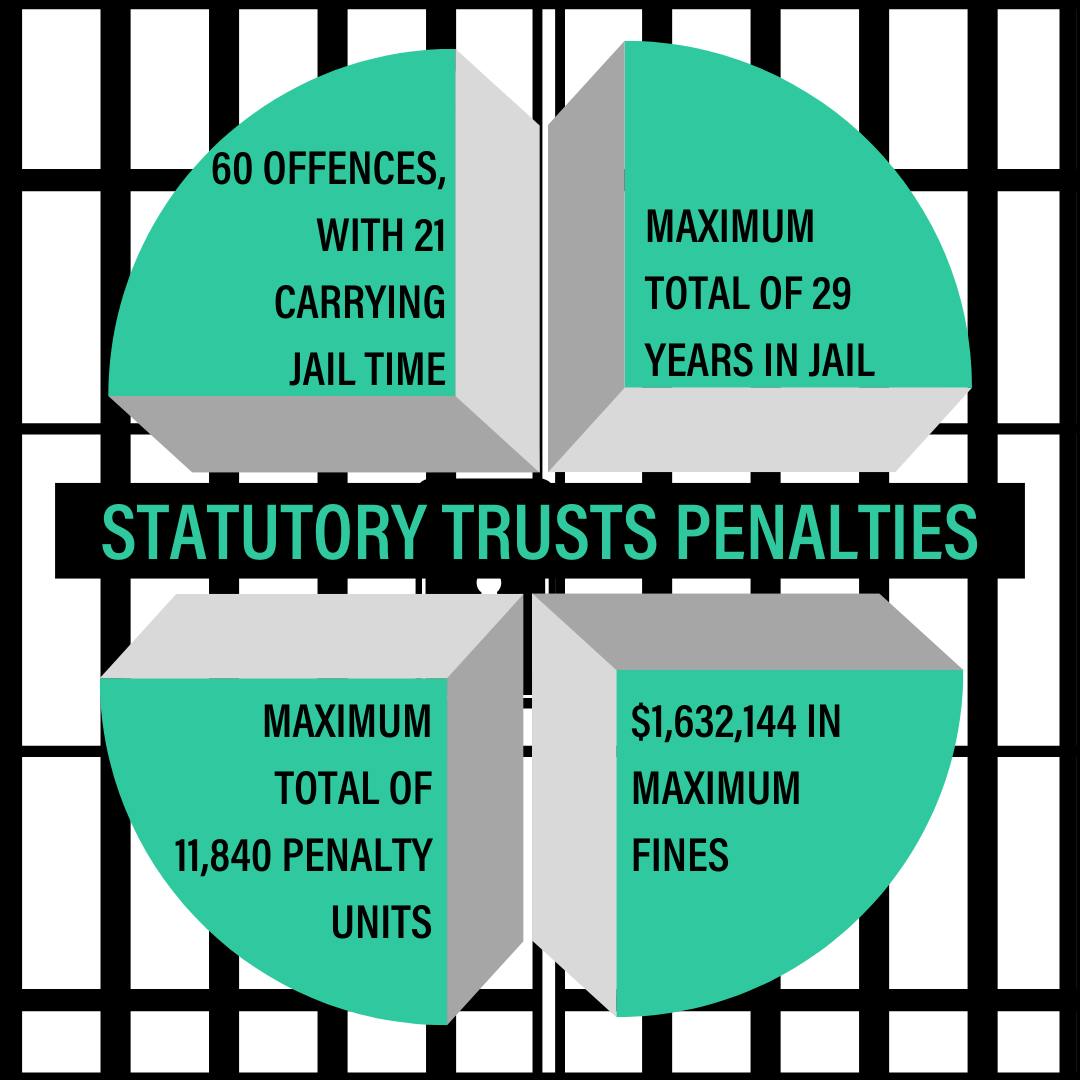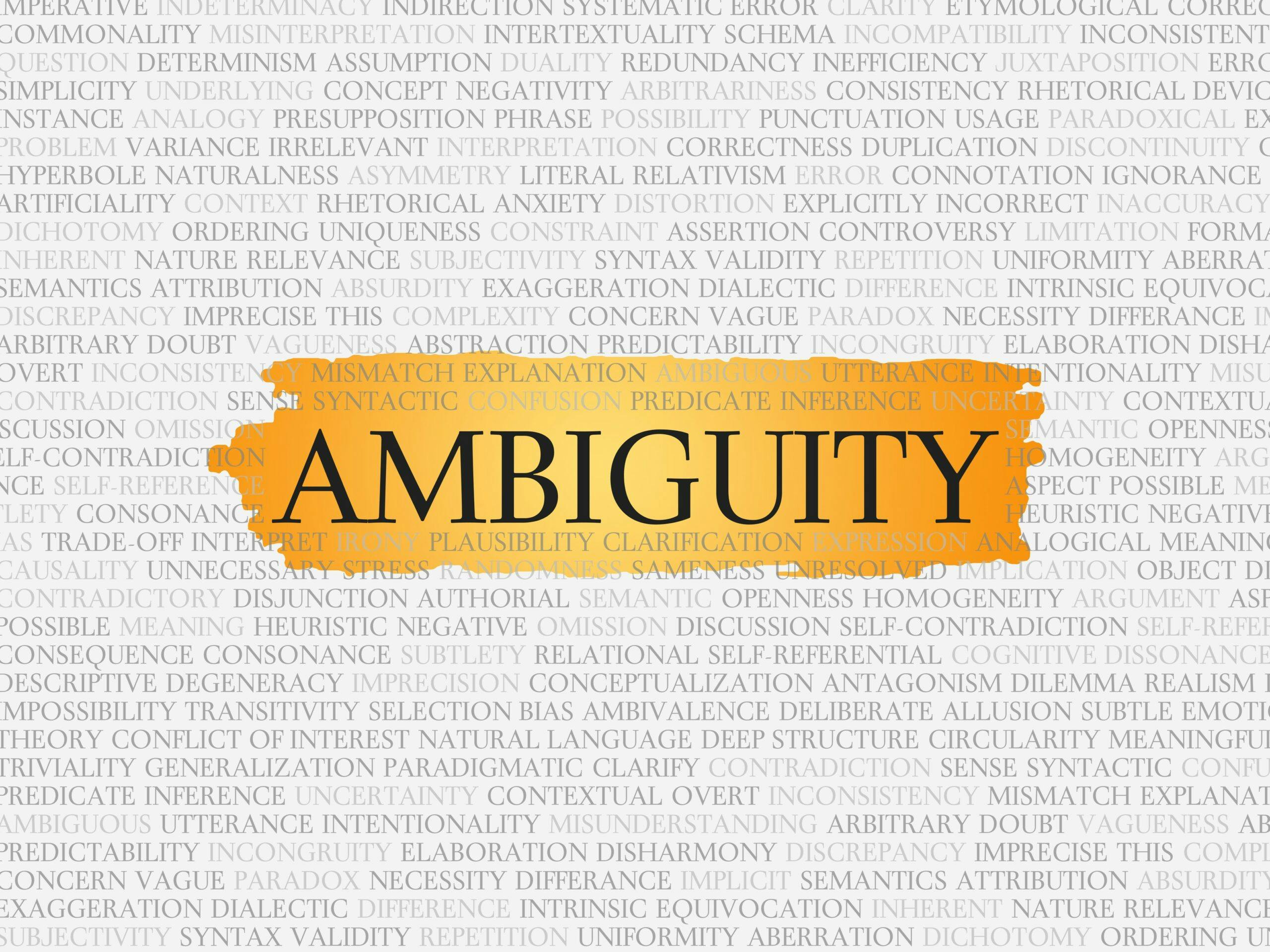There are approximately 130 new Trusts provisions in BIFA 2017, as amended in 2020. This new Trusts regime is very different to the original Trusts legislation of 2017. The new key definitions highlight work that the legislation will capture and work that it will exclude. This can be confusing to understand and as a result, Statutory Trusts ambiguity arises. This is a major concern.
Let’s start with the Head Contractor. It is their responsibility for establishing and administering Trusts. The infographics below show a Head Contractors’ obligations and consequences for breaching them.
There is a lot for Head Contractors to know as Trustees

Head Contractors must maintain significant records as Trustees

I turn to Statutory Trust penalties in my previous article titled It’s raining penalties for non-compliance with statutory trusts requirements. I speak about the various obligations imposed on Trustees and significant penalties for failing to adhere to those obligations.

Returning to my Statutory Trusts ambiguity concerns.
The current Trusts regime is enabled by legislation that seeks to capture an eligible primary activity. On the other hand, it seeks to exempt an aspect of that primary activity. This can result in unintended consequences because exempting certain aspects may undermine the relevant primary purpose provision.
Imagine we are out with Forrest Gump fishing for shrimp. We use a huge net and catch a whole lot of shrimp while also catching other rubbish we never intended to capture. Our solution to improve the accuracy of fishing for shrimp is to cut holes in the net. In other words, the purpose of legislative drafting is to capture a specific primary activity (catching shrimp with Forrest Gump). However, cutting certain aspects out of legislation (putting holes in the net) is impossible to do without inadvertent consequences.
Well, that is my humble opinion. How can you cut holes in the net and expect a consistent and flawless result? In this situation, the legislation is found to be inadequate and therefore requires amendment.
I reflect on these situations and wonder whether the legislative provision will hold up to legal scrutiny and challenge?
BIFA is a complex legislative scheme, making Statutory Trusts ambiguity all the more prevalent.
I note it is described in the Explanatory Notes as “Complex legislative schemes, such as this one”.
I outline below one of the ambiguous issues that amendments to BIFA in 2020 seek to address.
Multiple Contracts.
On the tabling of the Building Industry Fairness (Security of Payment) and Other Legislation Amendment Bill 2020 and its subsequent referral to a Parliamentary committee, sections 14B and 15C of BIFA were the subject of a lot of discussions.
Section 14B relates to eligible multiple contracts at the same site or adjacent sites. Section 15C concerns exempt contracts for small-scale residential construction work.
I refer to pages 23 and 24 of the Committee’s report. The committee recommends:
“the Bill be amended to include measures to prevent the use of multiple contracts on the same or adjacent land in relation to contracts for small scale residential construction work.”
The government accepted this recommendation with the Minister stating in his second reading speech (page 1576):
“With regard to recommendation 3, the committee recommended that the bill be amended to include measures to prevent the use of multiple contracts on the same or adjacent land in relation to contracts for small-scale residential construction.
I am pleased to advise that the building industry fairness act already protects against this type of avoidance. It provides that contracts for work at the same or adjacent site are considered one and the same and so trigger a project trust account. During the committee process, the industry raised that the BIF act was not clear whether this provision applies to small-scale residential contracts that are otherwise exempted.
In response to the committee’s recommendation and industry feedback, I will move an amendment during consideration in detail. This amendment will put beyond doubt that residential construction work cannot be split into multiple small-scale contracts to take advantage of the exemption of contracts for small-scale residential construction work. This is an important anti-avoidance measure.”
Many amendments were moved during consideration, including:
“Amendment 13 – Section 14B (Multiple contracts at same site or adjacent sites) Section 14B of the Bill aims to treat multiple contracts at the same site or adjacent sites as a single contract when determining if the contract meets the applicable thresholds. This section was inserted as an anti-avoidance provision to ensure split contracts are still captured by the project trust regime in appropriate cases.
Amendment 13 further clarifies section 14B by stating that the exemptions under subdivision 3 apply only to the larger contract and not to the separate contracts. This ensures an exemption from the trust requirements will not apply where, for example, there are multiple contracts on the same or adjacent land for small scale residential construction work and the applicable eligibility thresholds are met.”
If readers want to compare the originally drafted section 14B to the now in force version, just hit the links provided.
Final thoughts.
I will be very closely watching developments in this regard. Will these ‘amendments and further amendments’ achieve the desired outcome?
As a non-lawyer, I do not provide people with advice on how to interpret this legislative situation. We have plenty of excellent Helix lawyers for that purpose!
Not intended as legal advice. Read full disclaimer.


